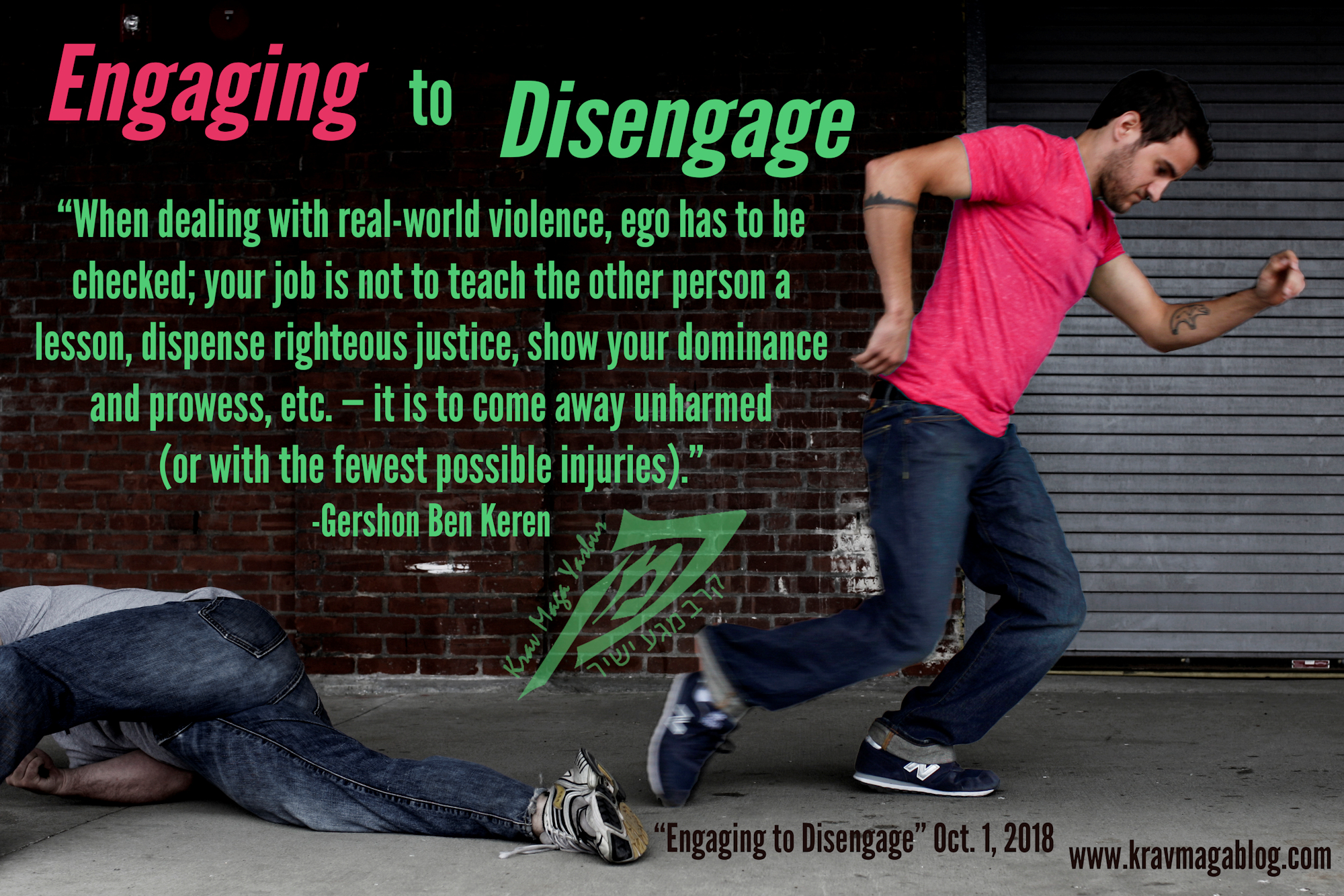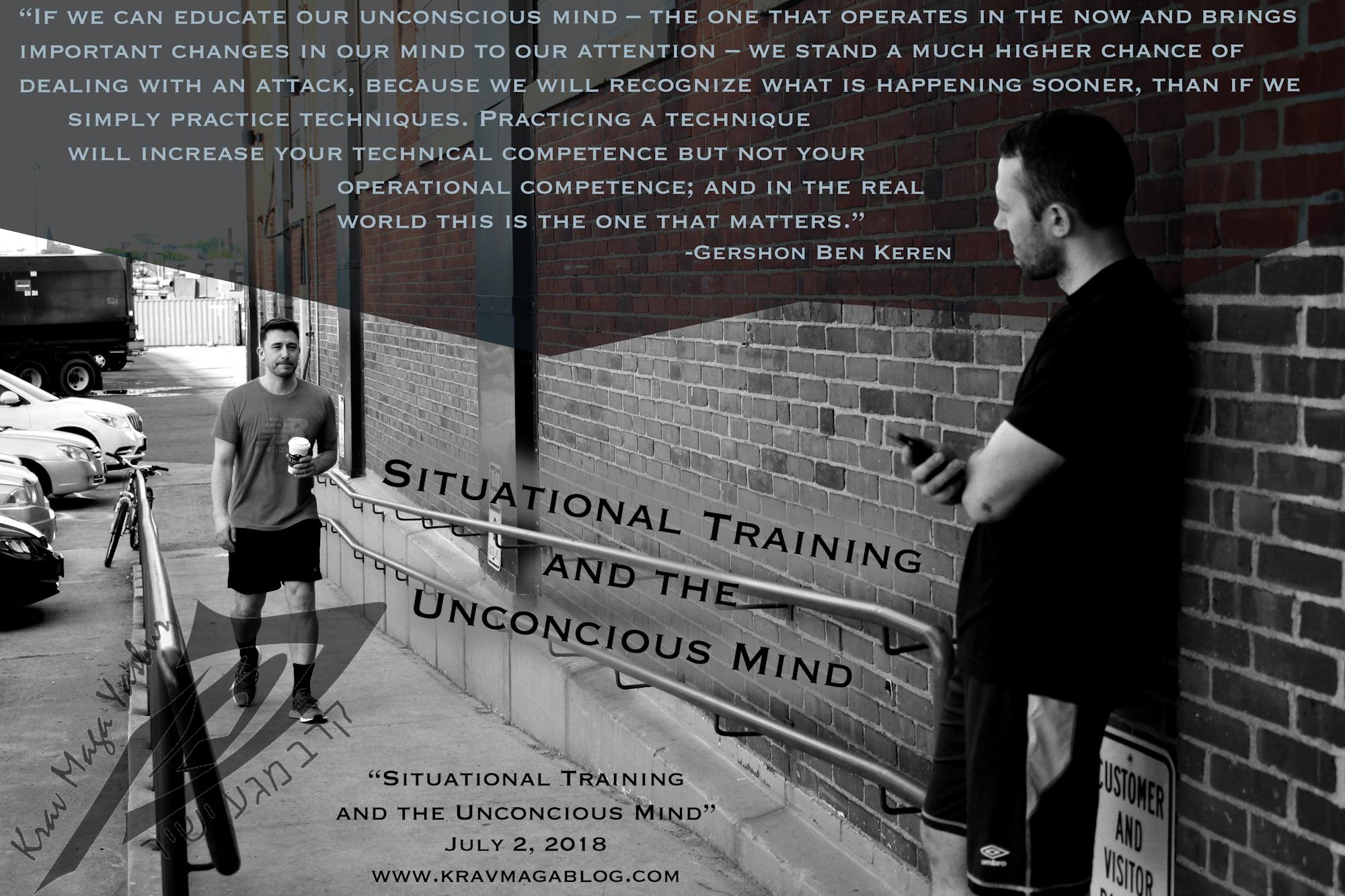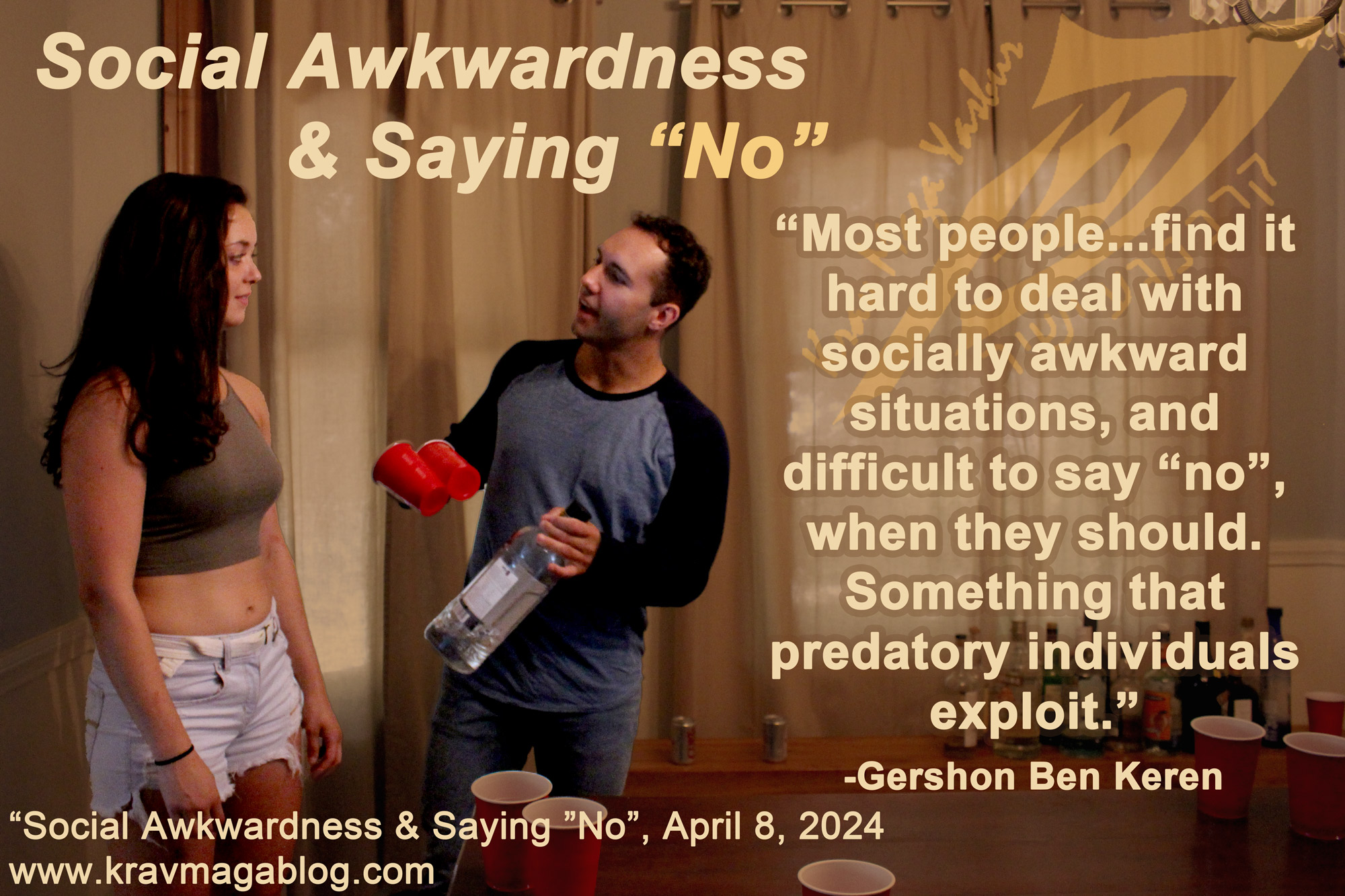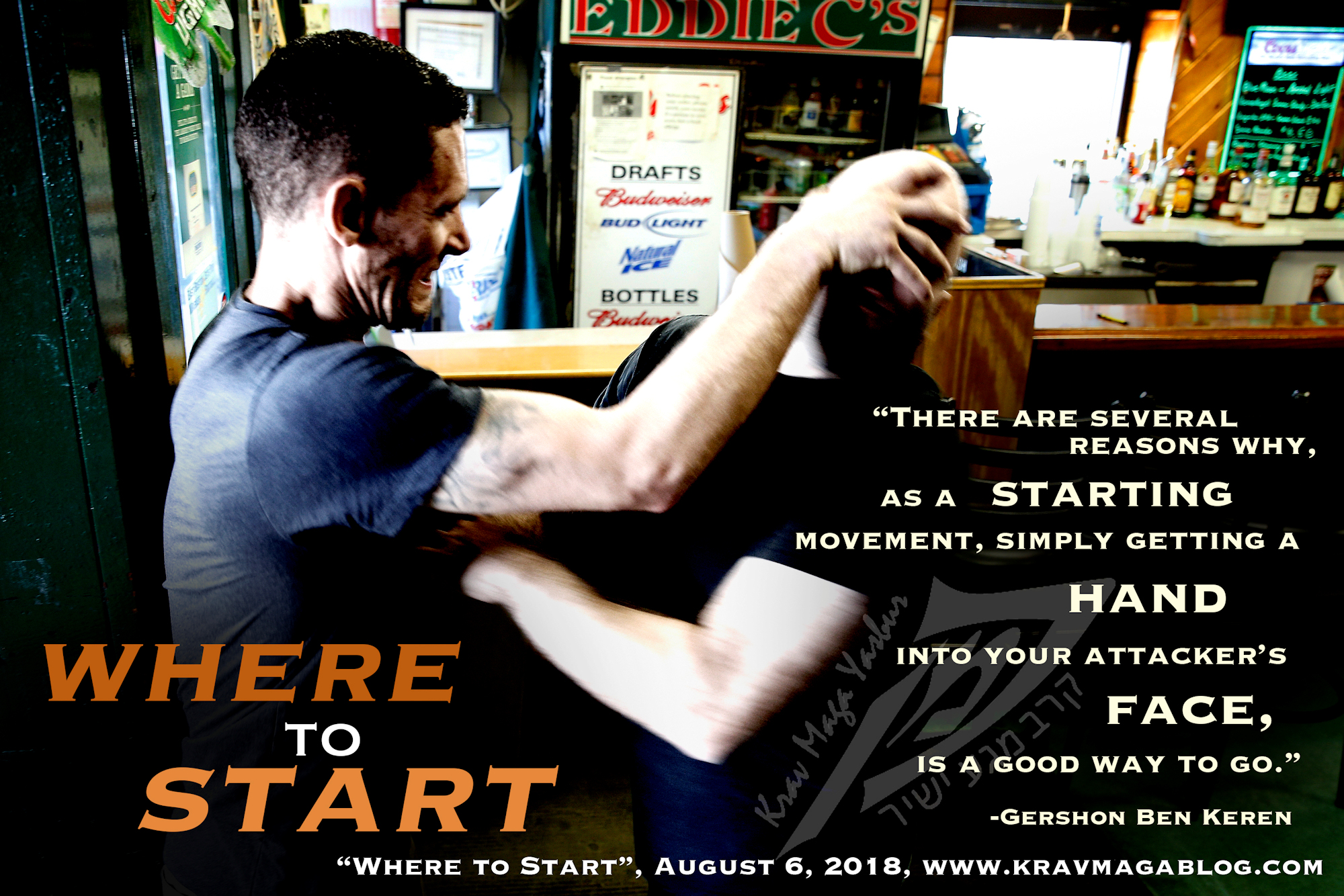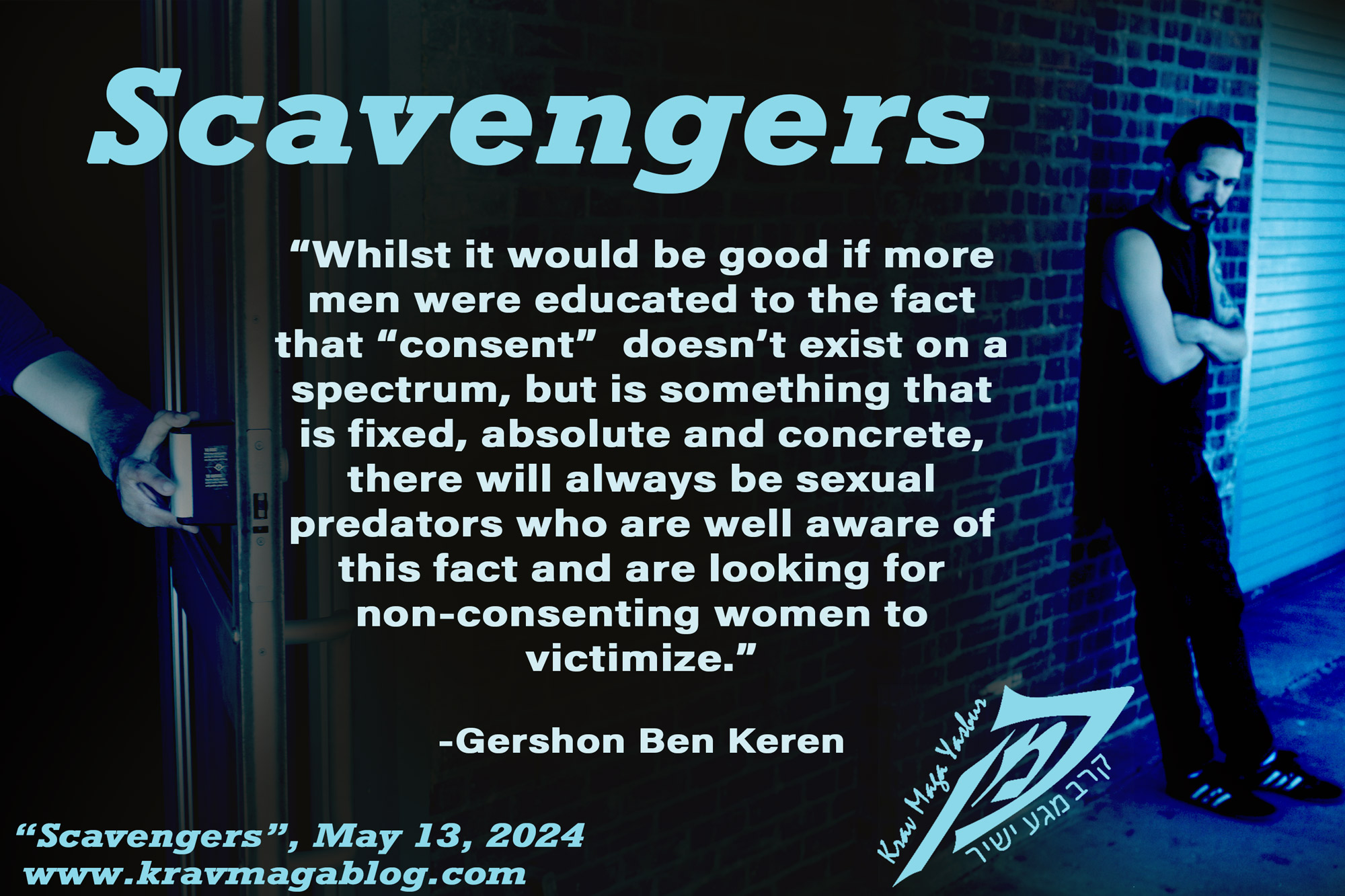Where To Start, is an article written by Gershon Ben Keren, a 5th Degree Black Belt in Krav Maga, who teaches Krav Maga in Boston, MA. He has also authored three Amazon best-Selling Books on Krav Maga.
Some people have a perception about personal safety and self-defense, that it’s really just about common sense and a few simple moves, and most of it can be covered in an hour or a little more. I’ve been training in the martial arts, and systems of self-defense since I was eight, and recognize that I am far from the finished and complete product, both in my understanding of violence, and my physical capabilities to deal with it. Personally, I don’t believe there’s a point where I’ll ever stop learning, and adapting what I do e.g. as predatory individuals educate themselves to become more efficient and effective, so must I etc. However, all of this can be hard to convey – and is not really useful – to someone who is about to go travelling, or who is off to college, in a few days’ time, and realizes that in their logistical preparations, they may have neglected to consider their ability to identify threats and dangers, and/or physically deal with them. For these individuals, when it comes to physical self-defense, it’s good to have a simple plan to work to – this is also the same plan I advocate to my own students as a starting point for dealing with most physical altercations—and all it involves is getting a hand into your aggressor’s face; after that, it’s your training that kicks in – the longer you’ve trained, the more adaptable you will be, the more power you’ll be able to generate, the quicker you will recognize opportunities presented to you, etc.
There are several reasons why as a starting movement, simply getting a hand into your attacker’s face, is a good way to go. Firstly, it’s simple and achievable. Many people over-estimate what they are capable of doing/achieving in a real-life altercation; they believe – and some instructors encourage this belief – that what they can do in a training environment can be perfectly replicated in real life, with little to no degradation. But however realistically you train, it will always fall a long way short of reality; especially if you are experiencing reality for the first time. A poorly delivered hand in the face, will get you much further than a poorly delivered punch, and so as an initial attack I favor it. One of the most important things you need to do at the very beginning of a fight is disrupt your assailant’s attacking ability – and gambling on your ability to deliver a one-punch concussive blow that both stops an attacker and renders him unconscious involves putting all your eggs in one basket; it’s a gamble that is unlikely to pay off as an initial move. Where possible, I advocate striking pre-emptively; if you set the conditions correctly i.e. you can prove you were justified in fearing for your safety, and your attacker was in a position to cause you harm – they don’t need to have actually touched you – then (in most Western countries) you have been assaulted and have the right to defend yourself. If you are standing in front of an aggressor, recognizing that you need to do something, you will have many peripheral doubts. You will question both your right to act, and your ability to do so e.g. you will question your power generation, the effectiveness of your striking, etc. and so having a simple, achievable, opening move—one that is very unlikely to go wrong—is a good way to start. During that initial disruptive strike – hand in the face – you can set yourself up to be in a better position to deliver concussive force, to rip, to gouge, etc.
Another reason for making your initial strike/contact a hand in your attacker’s face, is that it can be delivered when standing, when seated, and when on the ground, etc., so it doesn’t matter what position you are in; unless your hands are trapped – and then other targets such as the groin are likely to be available to you. Rather than have different opening movements for when you are caught in different positions, which may take you time to recognize and realize, simply getting a hand into your attacker’s face gives you an effective go-to, which can buy you time to recognize what you need to do next. In the heat of the moment, I have seen people who are effectively in someone’s guard, do something that would only work if you were in a mounted position – they recognize that they are kneeling and that they are above their opponent, but they fail to realize in their emotional, aggressive state, that they lack the control they need to make their technique work. Having something that is universally applicable, even if it is not the best, most effective thing to do, has a lot of benefits; including giving you a moment to take stock of your situation. Often, self-defense solutions are presented as silver bullets, where as long as you apply the technique, the fight will then be magically over. In reality, most fights involve incrementally bettering your position, bit-by-bit, rather than in one go. Getting a hand into the attacker’s face is a good starting point for this process – and can be used as a disruption/distraction that allows you to recognize your situation and get into a better position, for your other training to take over.
In high stress and duress situations, you will have many doubts concerning your abilities, recognizing when and how to act, etc., so having one simple go-to, is something that will allow you to be decisive and act, rather than having to evaluate and decide upon what it is you should do. A fast open-hand to an attacker’s face will have some effect, even if it’s just obscuring their sight, and disrupting their ability to attack or continue attacking; it’s basically the equivalent of suppressing fire. It won’t finish the fight in and of itself, however committing yourself to something that could, in that initial moment, can be risky. It is often better to accept that you will have to engage in a process; this usually involves further striking that aims to generate power and hurt and/or concuss your aggressor. Being decisive and acting quickly, with a “lesser” technique, is a better starting solution, than being slower to act, with a “better” technique.
0 COMMENTS


